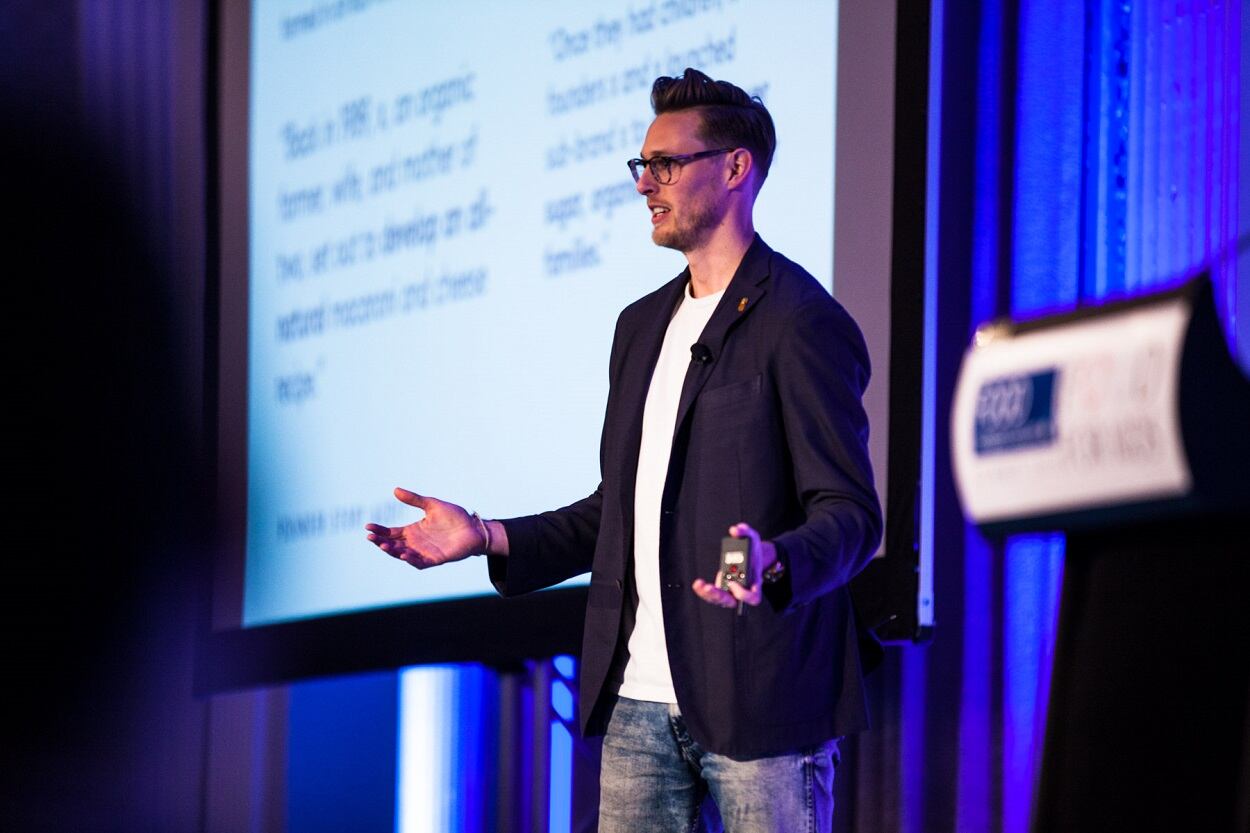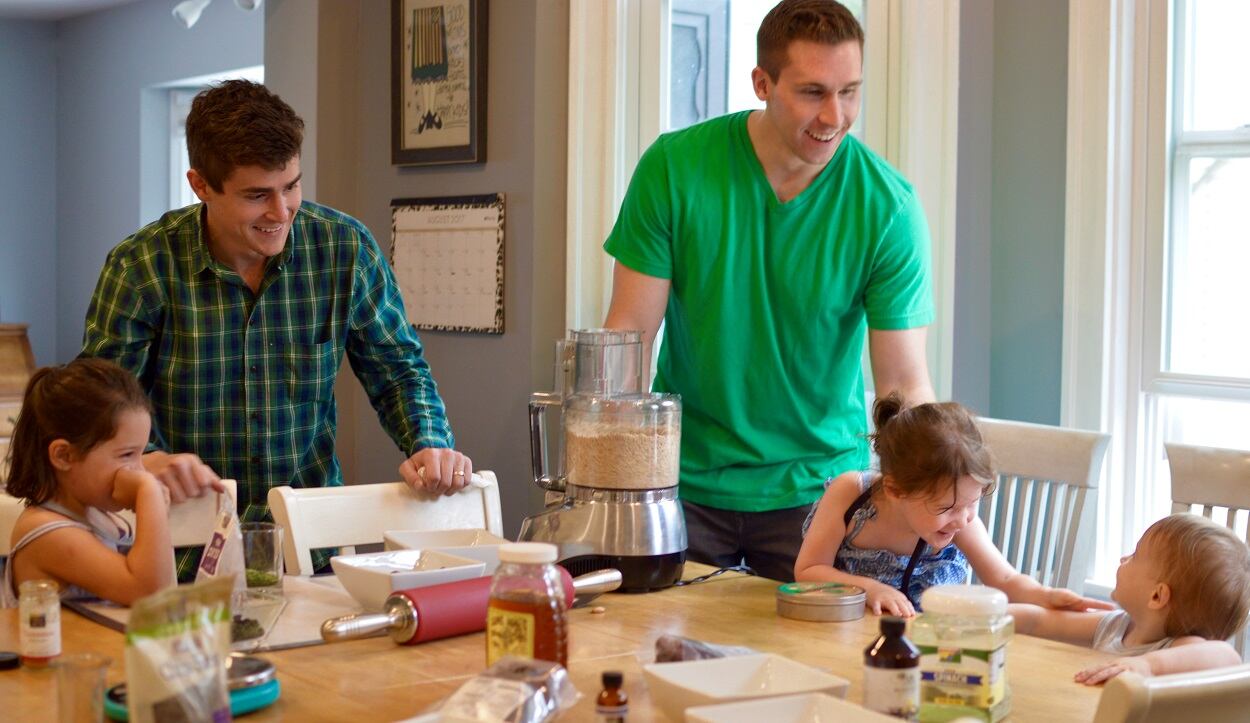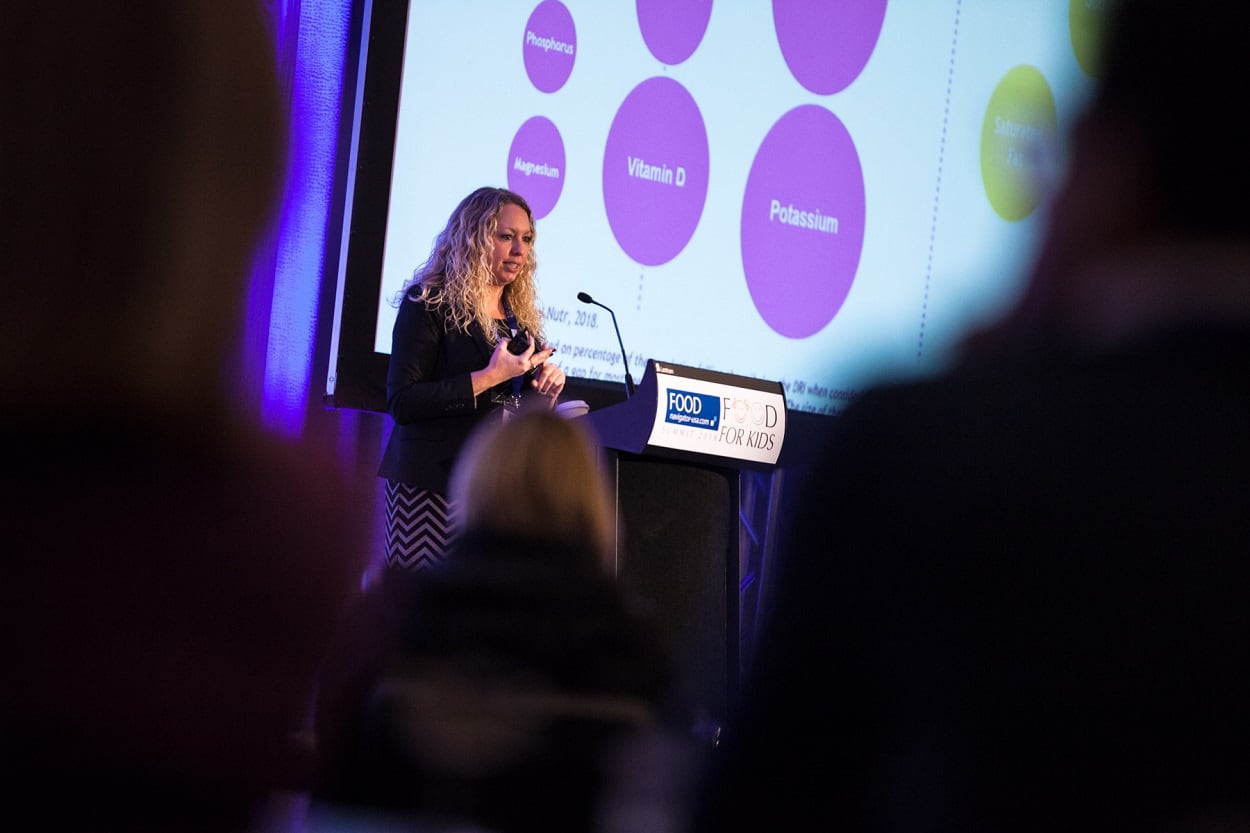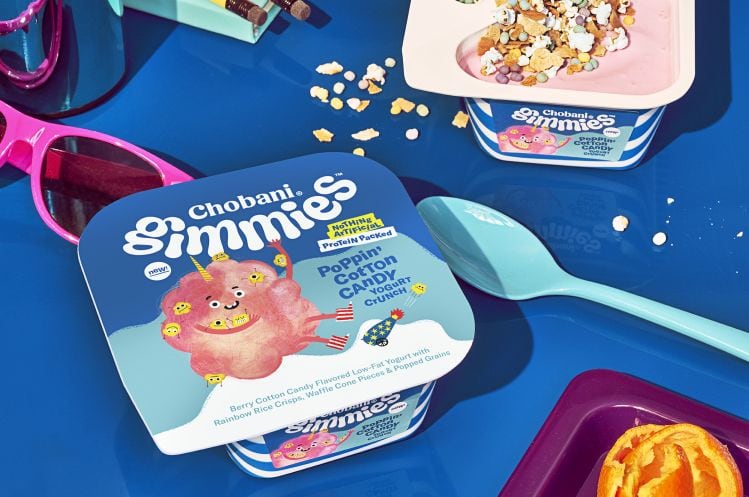“We are all starting to sound the same,” shared Fred Hart, creative director and partner of branding agency Interact Boulder, at FoodNavigator-USA’s FOOD FOR KIDS Summit in Chicago last month.
There’s a tendency in the food industry to talk about what you’re doing as a brand –free from sugar and dyes, fewer or less processed ingredients, for example – but according to Hart, that’s no longer cutting it as a point of differentiation.
“What you’re doing is not all that different,” said Hart. “Big food has figured out the supply chain and is now able to wave their magic wand and make anything they want ‘natural’ or ‘organic’.
“Natural was a point of difference, it’s now a point of parity.”
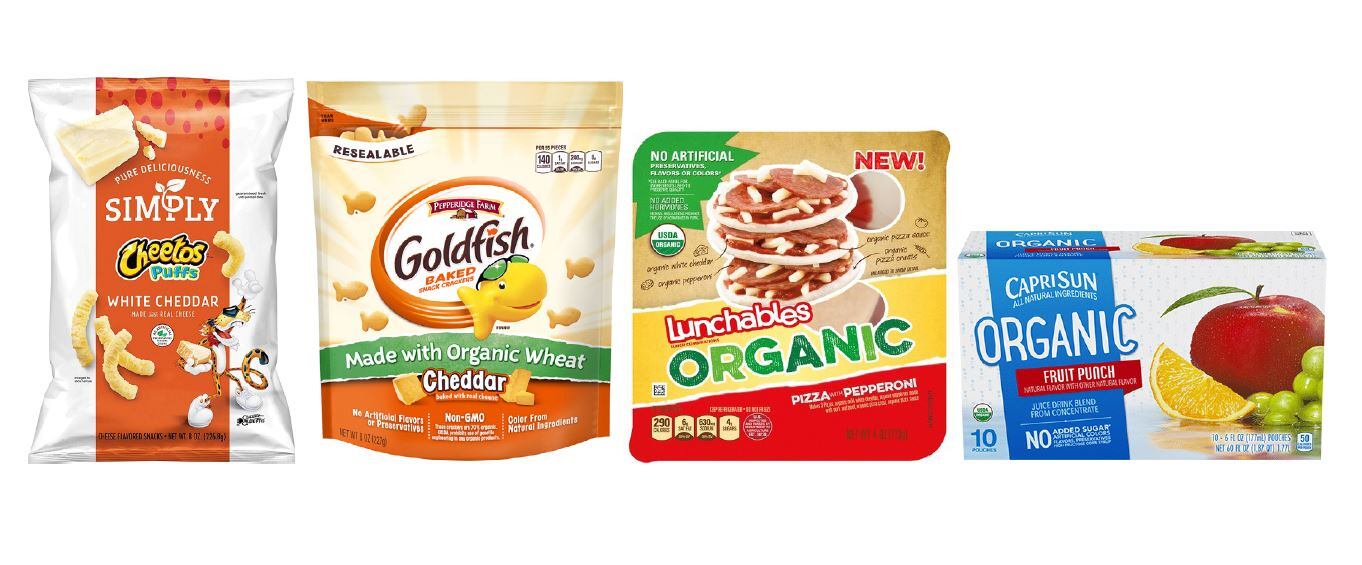
So where do kids brands go from here?
To get out of this rut, Hart explained that brands and entrepreneurs can take some hints from two unlikely industries for inspiration and differentiation: alcohol and entertainment.
Learning from the beer industry
According to Hart, the beer industry figured out a long time ago that it wasn’t going to be able to differentiate themselves on taste alone so they stopped talking about their actual products and switched to owning an emotion.
“Budweiser owns pride or Americana. Bud Light owns ‘party’. Coors Banquet beer owns heritage. The stories they tell are vastly differentiated,” Hart said.
For example, Corona’s get-away, beach settings in all of its advertisements sometimes don’t fully show its beer bottle.
”What Corona is doing so well is it’s not actually talking about the beer, it’s talking about a state of mind,” he added.
Pixar and storytelling
Looking at the entertainment giant Pixar Animation Studies, one thing is clear, unlike a Saturday morning cartoon, its movies such as Toy Story and Up tug on the heartstrings of more than just kids, he said.
“Here’s the thing about Pixar, they know how to tell a story to an audience that’s relevant to a five-year-old, a 15-year-old, and a 55-year-old. What Pixar is really good at is telling a story that is ageless.”
‘We need to define our stories better’
So how does that five-ingredient granola stand out from another five-ingredient granola from a branding perspective?
According to Hart, you don’t necessarily have to tell the consumer that you are ‘granola’ right on the front of the packaging.
Kids brands have an opportunity to focus on telling a new visual language, Hart added.
What does that mean exactly? Take popcorn, for instance, most of the well-known brands all feature images of popcorn on its packaging.
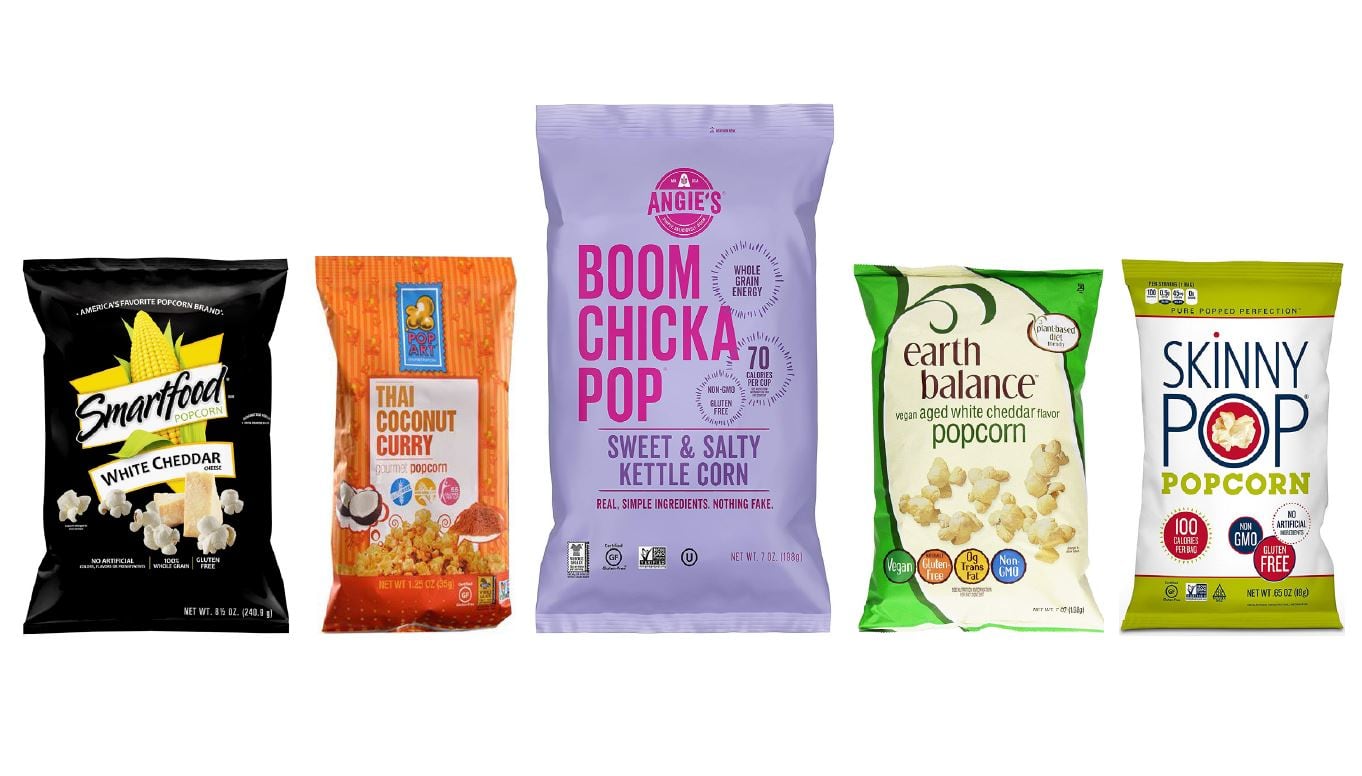
“We all know what popcorn looks like, so why are we spending so much time showing people what popcorn looks like? It’s like being told how to put on a seatbelt on an airplane,” Hart said.
Angie’s BOOMCHICKAPOP (acquired by Conagra for $250m in 2017) has departed from the category’s go-to popcorn imagery with a cleaner, bolder packaging. And according to IRI multi-outlet sales data for the last 52 weeks ending Sept. 23, 2018, BOOMCHICKAPOP was the fastest growing ready-to-eat popcorn brand.
The new kids brand: 'Make it ageless'
To build a compelling kids brand, companies should look beyond childlike images and font styles, because kids' tastes and interests are evolving, he said. Interact Boulder's informal survey of school-aged kids revealed that foods such as seaweed and even red pepper gouda soup were mentioned in the same breath as Goldfish and GoGurt as kids' favorite foods.
"Our kids palates are evolving but for some reason the visual language of our industry is not evolving as well. That what I think is the real opportunity," Hart said.
Interact Boulder also aasked parents what some of their favorite food brands to give to their kids were. The top brands mentioned included: Annie’s, Justin’s, Applegate, Birch Benders, Kroger's private brand Simple Truth, and Chobani.
The common theme? “These aren’t really ‘kids brands’,” Hart said.
And each of these brands has challenged the status quo of the category, not the consumer, he added.
“We need to define our stories better, we need to get away from the ‘what’s’ and focus on the ‘why’s’ more, and make it ageless."

